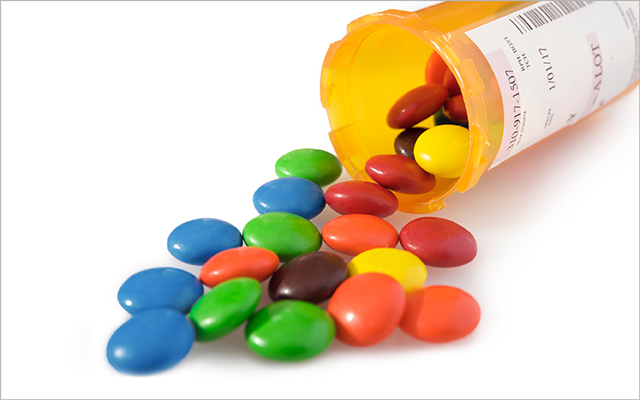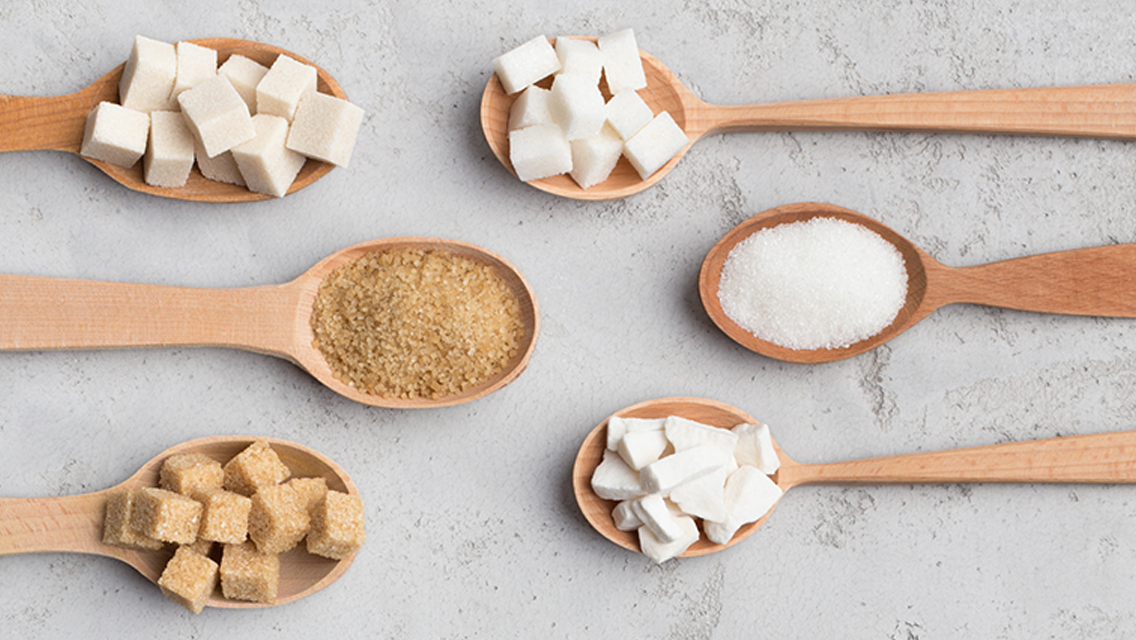Table sugar (sucrose) consists of two bonded molecules: glucose and fructose. Inside the body, the bond is broken and glucose and fructose are released. The bloodstream picks up the glucose molecule and delivers it to any organ or muscle tissue that needs energy. The fructose molecule, however, can be metabolized only by the liver, which evolved to handle small amounts as early humans stumbled across the occasional stash of honey or bounty of seasonal fruit. These days the average daily fructose intake is 54.7 grams (nearly 14 teaspoons) — far more than the liver can metabolize.
“That kind of exponential dose increase distorts human physiology,” says Lisa Nelson, MD, a family physician and the director of medical education at Kripalu Center in Stockbridge, Mass.
Here are some ways that distortion manifests in poor health.
Obesity and Inflammation
Today, more than 36 percent of American adults are obese. Excess calories are not blameless, but the role of fructose may be more significant.
The liver has no choice but to turn all that excess fructose into fat, explains Richard Johnson, MD, a kidney specialist at the University of Colorado School of Medicine, and one of the nation’s top experts on the effects of fructose.
He notes that fructose is a survival nutrient present in foods such as ripe berries that enable mammals, like bears, to gain weight quickly in preparation for hibernation. “Fructose puts you in weight-gain mode,” he says.
Sugar consumption is tied to an increase in visceral (belly) fat, high blood pressure, high triglycerides, high blood sugar (a precursor of type 2 diabetes), and high cholesterol. All of these conditions fit neatly under the umbrella term “metabolic syndrome,” an inflammatory fat-storage disorder.
Meanwhile, the pancreas, which makes insulin to break down sugar, can become worn out and less able to react quickly and efficiently. Over time, this can lead to type 2 diabetes, which affects some 27 million Americans, including children.
Nonalcoholic Fatty Liver Disease
Sugary diets are also behind nonalcoholic fatty liver disease, or NAFLD. Again, because the liver is unable to process large quantities of fructose, it socks it away as fat. This causes the organ itself to become fatty. Not unlike alcohol, excess fat damages the liver. In the early stages of liver disease, the organ becomes inflamed. The scarring that ensues slowly chokes the organ’s blood flow.
“This disease didn’t even exist 35 years ago,” says Laura Schmidt, PhD, MSW, MPH, professor of health policy at the University of California, San Francisco.
Today, up to 31 percent of adults and up to 10 percent of children have NAFLD. If this trend continues, says Schmidt, NAFLD will be the No. 1 reason for liver transplant by 2020.
Unknown Health Impacts
Further physical tolls of our high-sugar diets are popping up as researchers zero in on the causes of certain cancers, Alzheimer’s disease, and disruptions in the microbiome.
“This is what a public-health crisis looks like,” warns Schmidt.
This originally appeared in “Sweet News About Food Labels” in the January/February 2017 issue.




This Post Has 0 Comments